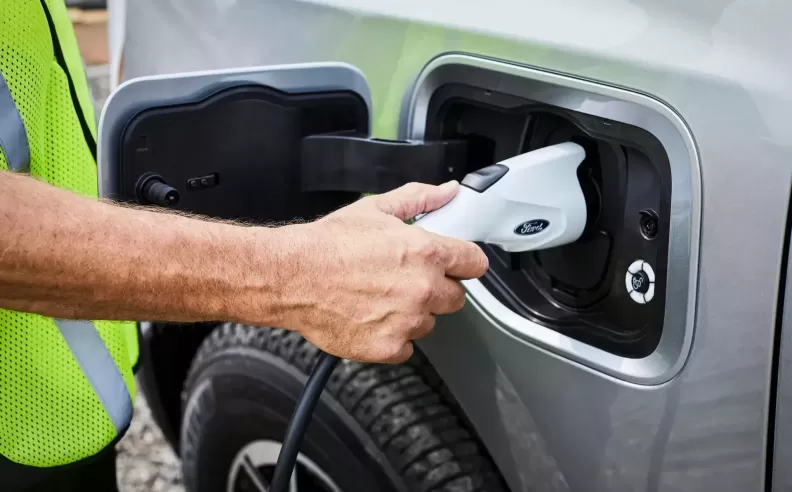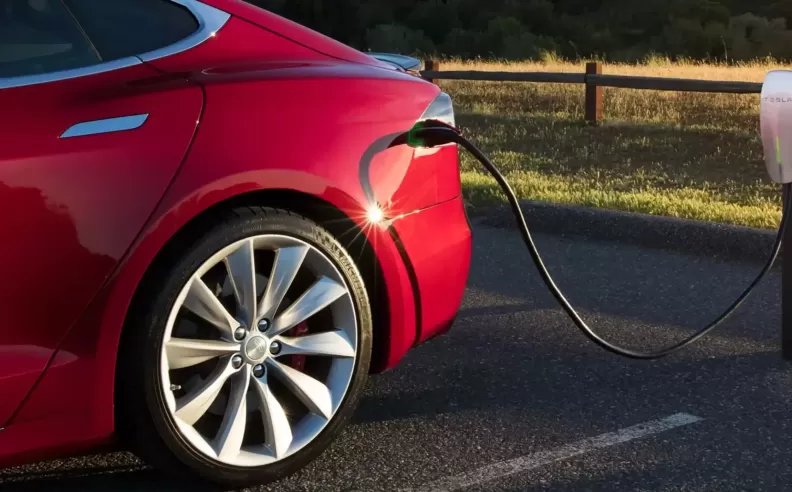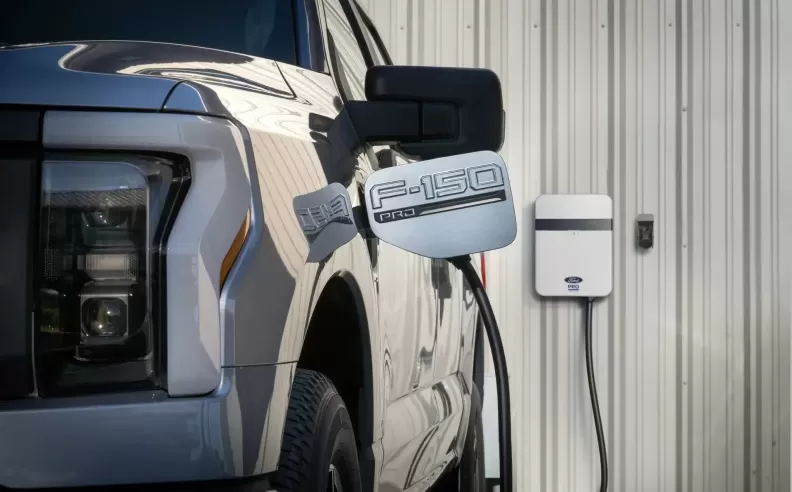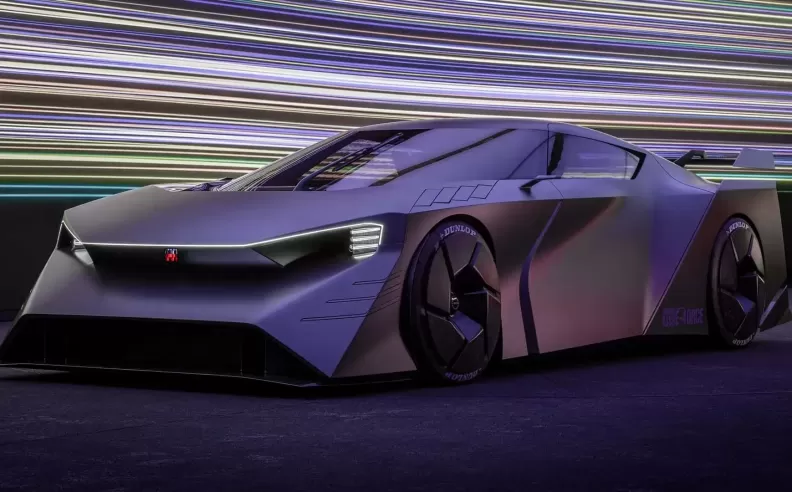
Electric car sales in the US are surging, but there’s a growing problem no one can ignore: where are all the chargers? Despite rising demand for EVs, the country’s charging infrastructure is hitting a wall. Data from early 2025 shows a major slowdown in charger installations, with federal funding delays and political shifts adding fuel to the fire. If this trend continues, the US could face a serious shortage that puts the future of electric mobility at risk.

According to BloombergNEF, the number of new high speed EV chargers installed in the first quarter of 2025 dropped by more than 21 percent compared to the same period last year. Originally, projections estimated that 360,000 new chargers would be added this year, but that figure has now been cut to just 285,000.
Analysts warn this trend could shrink future expectations by more than 30 percent by 2030 if it continues. The gap between EV adoption and infrastructure readiness is growing fast, raising red flags for consumers and policymakers alike.

A major blow came when President Donald Trump halted federal funding for EV chargers. This funding was part of the National Electric Vehicle Infrastructure (NEVI) program, which allocated 5 billion dollars over five years to support nationwide charger construction.
Currently, the US has around 208,000 public charging points. While that may sound like progress, experts say at least 174,000 new chargers need to be added every year just to keep up with projected EV demand. Without this steady buildout, drivers could face long waits and limited access, especially during peak travel times.
The combination of paused public funding and political criticism is also scaring away private investors. Bloomberg and S&P Global report that confidence in the EV charging sector is slipping, especially as the White House shifts blame toward the previous administration’s EV policies.
Despite political finger pointing, the core issue remains: EVs are growing in popularity, but chargers are not. Without a coordinated push from both government and industry, the US could go from EV leader to cautionary tale.

Started my career in Automotive Journalism in 2015. Even though I'm a pharmacist, hanging around cars all the time has created a passion for the automotive industry since day 1.
